
Best Swiss Watch Brands & Luxury Men’s Timepieces of 2025
Best Swiss Watch Brands & Luxury Men’s Timepieces of 2025 In the world of horology, Swiss watches remain the gold standard—synonymous with precision, craftsmanship, and

Best Swiss Watch Brands & Luxury Men’s Timepieces of 2025 In the world of horology, Swiss watches remain the gold standard—synonymous with precision, craftsmanship, and
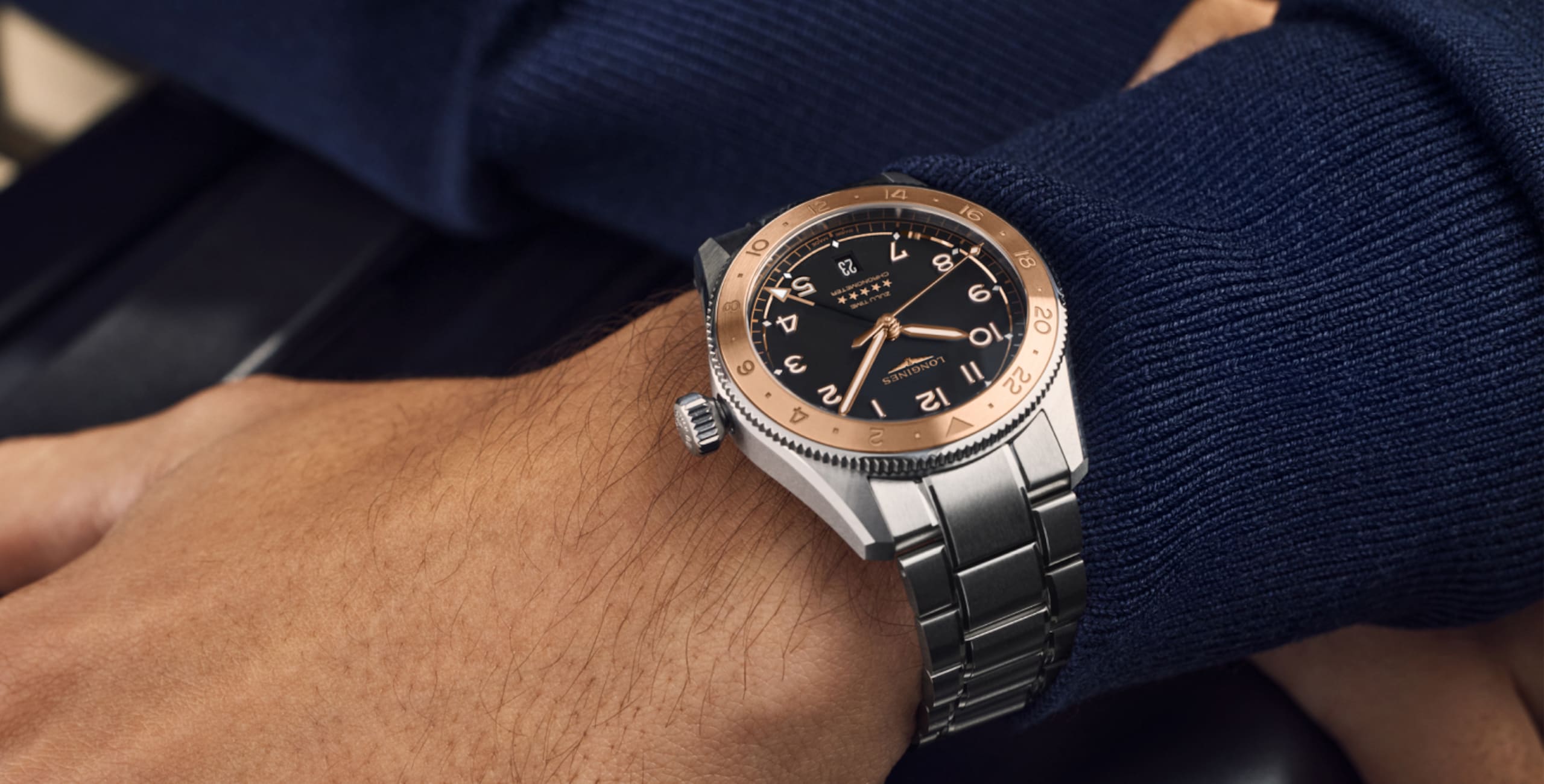
Introduction to Swiss Quartz Movement Watches Swiss quartz movement watches combine world-renowned Swiss craftsmanship with the precision of quartz technology. These timepieces have dominated the
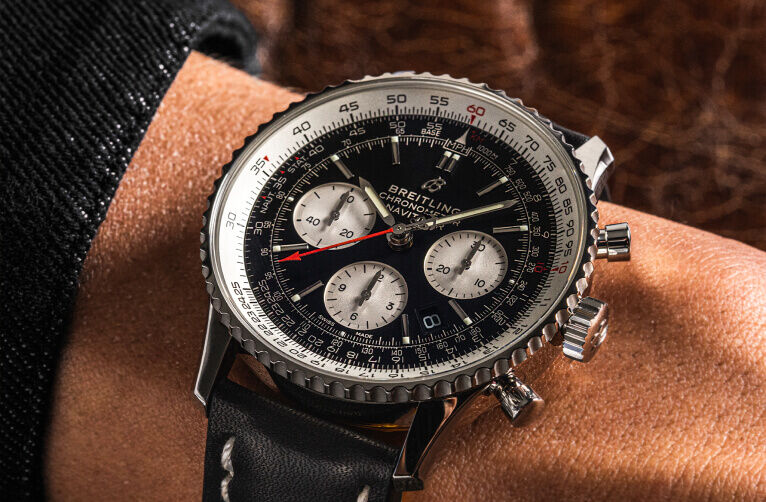
What Is a Chronograph Watch? A chronograph watch is a timepiece that includes a built-in stopwatch function in addition to standard timekeeping. Typically, it features
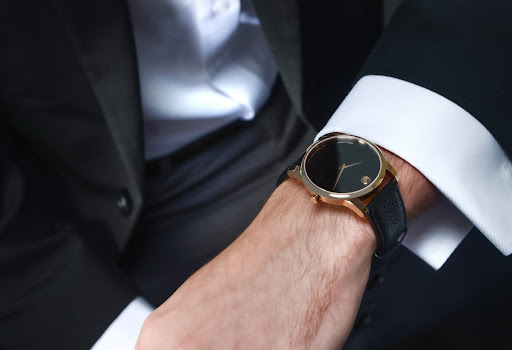
Among all quartz options, Swiss quartz movement watches stand out for their exceptional build quality and engineering excellence. Whether you’re looking for a daily timepiece
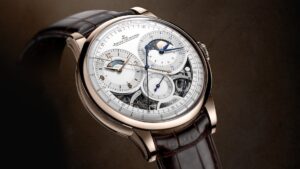
Swiss mechanical wristwatches stand as enduring symbols of luxury, precision, and engineering brilliance. Celebrated around the globe, these timepieces reflect a legacy of meticulous craftsmanship
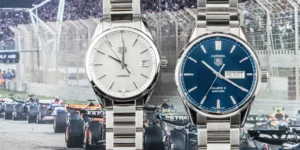
Swiss watches have long represented the pinnacle of craftsmanship, blending timeless design with technological innovation. Globally admired for their accuracy, durability, and luxury appeal, Swiss
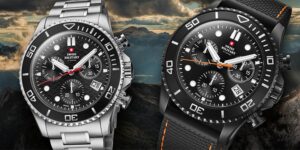
When it comes to luxury timepieces that combine functionality with precision engineering, nothing matches the reputation of Swiss chronograph watches. These watches are not only
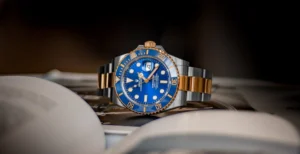
In the world of horology, Swiss craftsmanship has long been celebrated for its precision, luxury, and durability. While mechanical and automatic watches often steal the
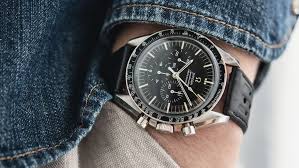
Swiss watches have long been revered worldwide for their exceptional craftsmanship, precision, and timeless design. Among them, the Best-selling Swiss watches stand out not only for their popularity but also for their enduring value and remarkable heritage.
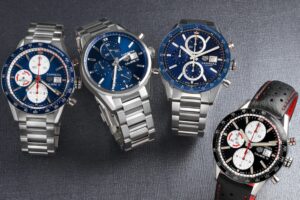
When it comes to exquisite craftsmanship, unparalleled precision, and timeless elegance, few can rival the prestige of Swiss luxury watch brands. Renowned worldwide for their meticulous attention to detail and innovative engineering, these brands have set the standard for watchmaking excellence for centuries.